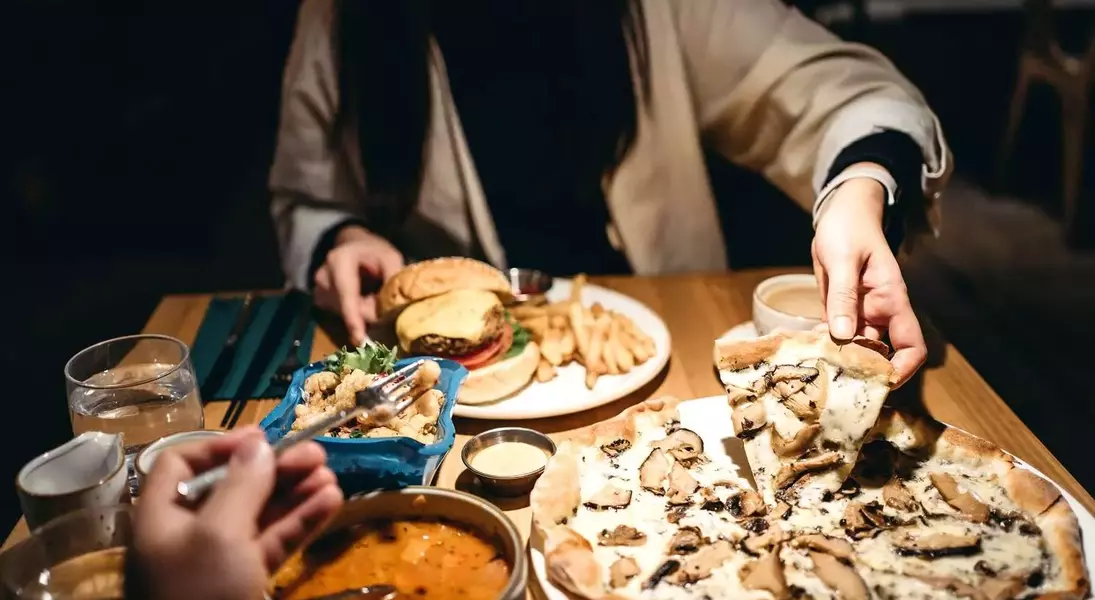
In the world of dining out, sharing food can evoke a wide range of emotions. For some, it's an opportunity to sample various dishes in a communal setting. However, for others, like the author of this piece, sharing disrupts their carefully planned dining experience. This article delves into the complications that arise when splitting meals, from uneven portions to the difficulty of dividing desserts equitably. It also explores practical solutions, such as using precise measurements or opting for individual servings, while highlighting the emotional and logistical challenges that come with shared dining.
The Complexities of Splitting Plates
In today’s dining culture, many people relish the idea of turning a meal into a group adventure. Yet, this approach doesn't sit well with everyone. Imagine sitting in a cozy restaurant on a cool evening, ready to savor your favorite dish without interruptions. Suddenly, someone suggests sharing everything. While this may sound inviting, it introduces layers of complexity. For instance, how do you ensure fairness when dividing items like fried calamari or a trio of croquettes among four friends? In cases where the number of people doesn’t match the quantity of food, mathematical precision becomes essential—or at least a willingness to compromise.
Then there's dessert, often presented as a treat "for the table." Picture a delectable slice of cake adorned with melting ice cream. Sharing it bite by bite around the table might seem fair, but by the time it reaches the last person, it could be soggy and less appetizing. To avoid these issues, diners might choose simple options like churros, which can be easily divided into equal parts. Alternatively, ordering individually removes all doubts about portion sizes and personal preferences.
Another suggestion gaining traction is for restaurants to clearly indicate the number of items in each order on their menus. Knowing upfront whether an appetizer contains six cheese sticks or just three helps diners anticipate potential sharing dilemmas. Without such clarity, disputes over who gets the last piece can linger long after the meal has ended.
From a reader’s perspective, this discussion invites us to reflect on our own attitudes toward sharing food. Are we more inclined toward generosity or possessiveness during meals? Perhaps striking a balance between both approaches could enhance our dining experiences. Recognizing that not everyone enjoys communal eating opens doors to understanding diverse preferences, making every mealtime interaction richer and more considerate.
